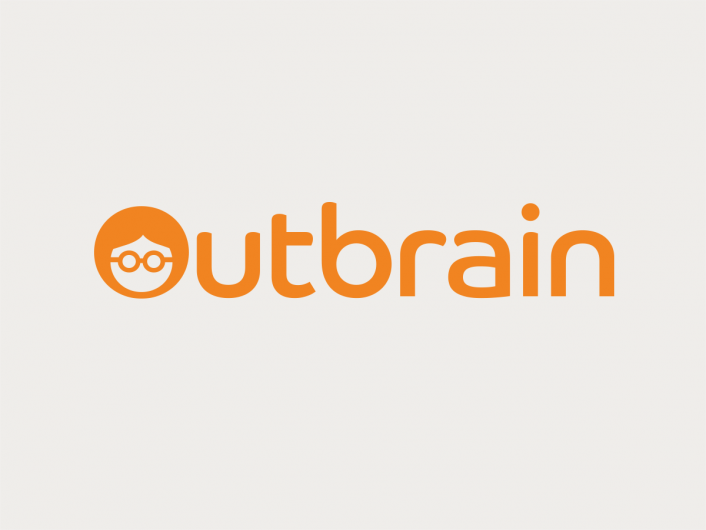
Outbrain is a content discovery platform that puts your content in front of audiences you otherwise might not reach. This content suggestion tool uses widgets on popular websites to offer videos, blog posts and slide shows to readers who have demonstrated interest based on their prior surfing habits.
Founded in 2006, Outbrain is the tool of choice for several high-profile brands, including CNN, Fast Company, Reuters and The Wall Street Journal. In November 2014, Outbrain signed a $100 million deal to become the exclusive recommended stories provider for sites owned by Time Inc., including the websites for People, Real Simple, Money and dozens of others.
Pros
Outbrain is the most well-established and well-known content discovery platform, and it puts your content in front of audiences from sites that are just as well-known. The focus can be any number of niche topics, such as entertainment, health or personal finance.
The platform’s commitment to quality includes a 2012 aggressive stance against spam content, a move that cost the company 25 percent of its revenue but earned respect from publishers and readers.
Analytics and geographic targeting are two beneficial features, as are customized widgets that publishers can use to ensure that your content fits naturally and unobtrusively into the content of their sites.
Outbrain’s suggestion modules allow you to put your content in front of new audiences without the use of invasive sponsored posts. You can also showcase a variety of content types, including videos, slide shows, quizzes, mobile content and blog posts.
Cons
While Outbrain did take a stand against spam in 2012, the platform had previously been accused of serving content with spammy or misleading headlines, so some publishers prone to holding grudges may continue to shun the site.
Even if you embrace it, you can have a tough time gauging whether targeting a specific campaign will be effective due to the limited availability of data. In fact, Outbrain offers less complete data on its users than platforms such as Facebook do for sponsored posts.
One more con is the price —a cost-per-click rate between 25 and 35 cents. This may make the platform too expensive for smaller content producers.

